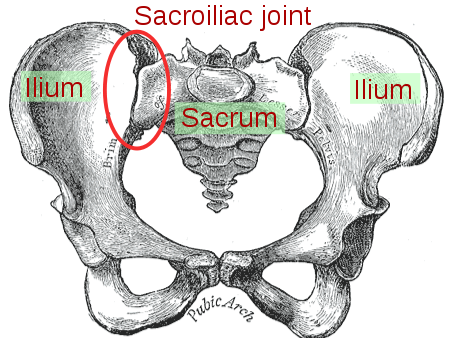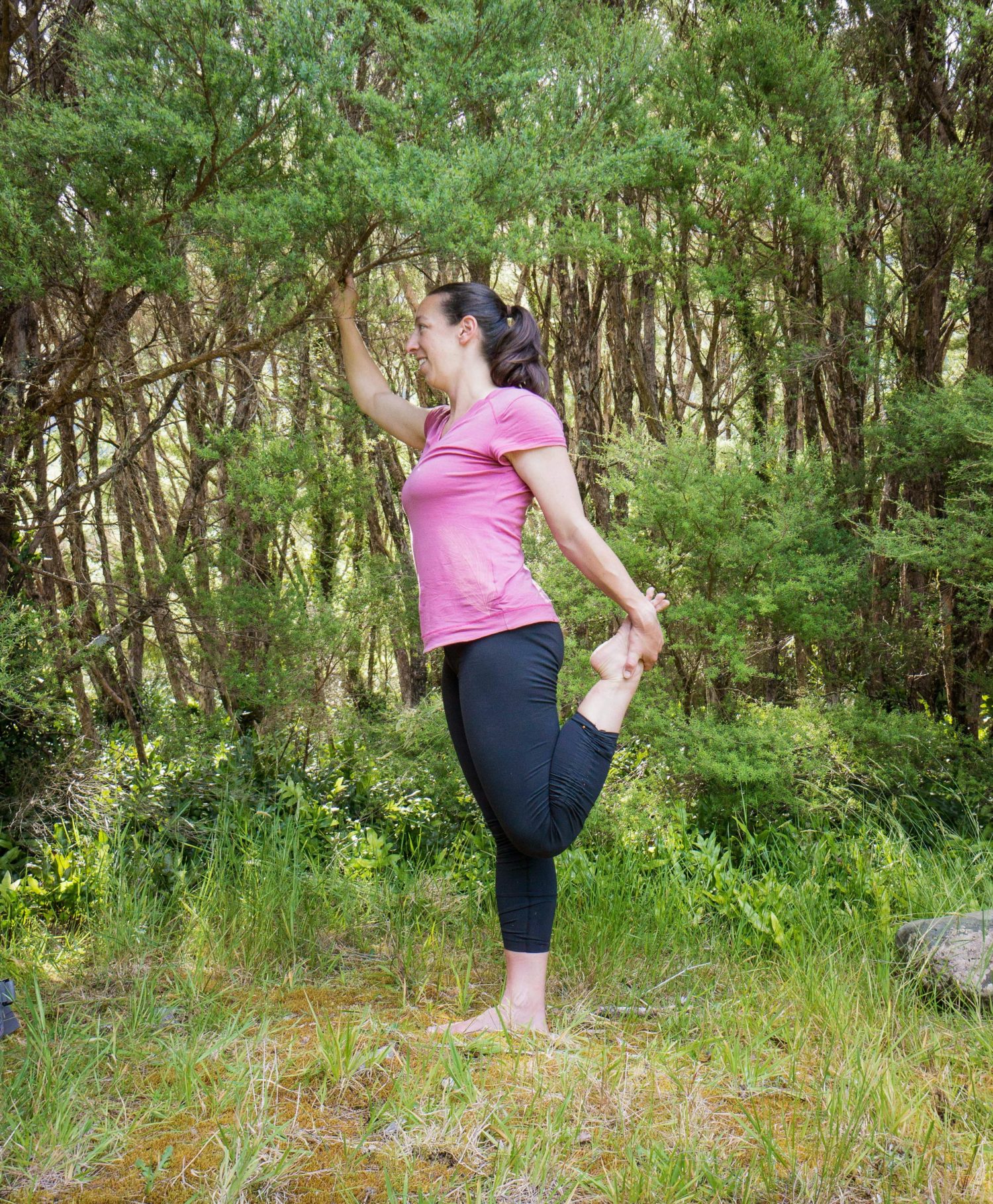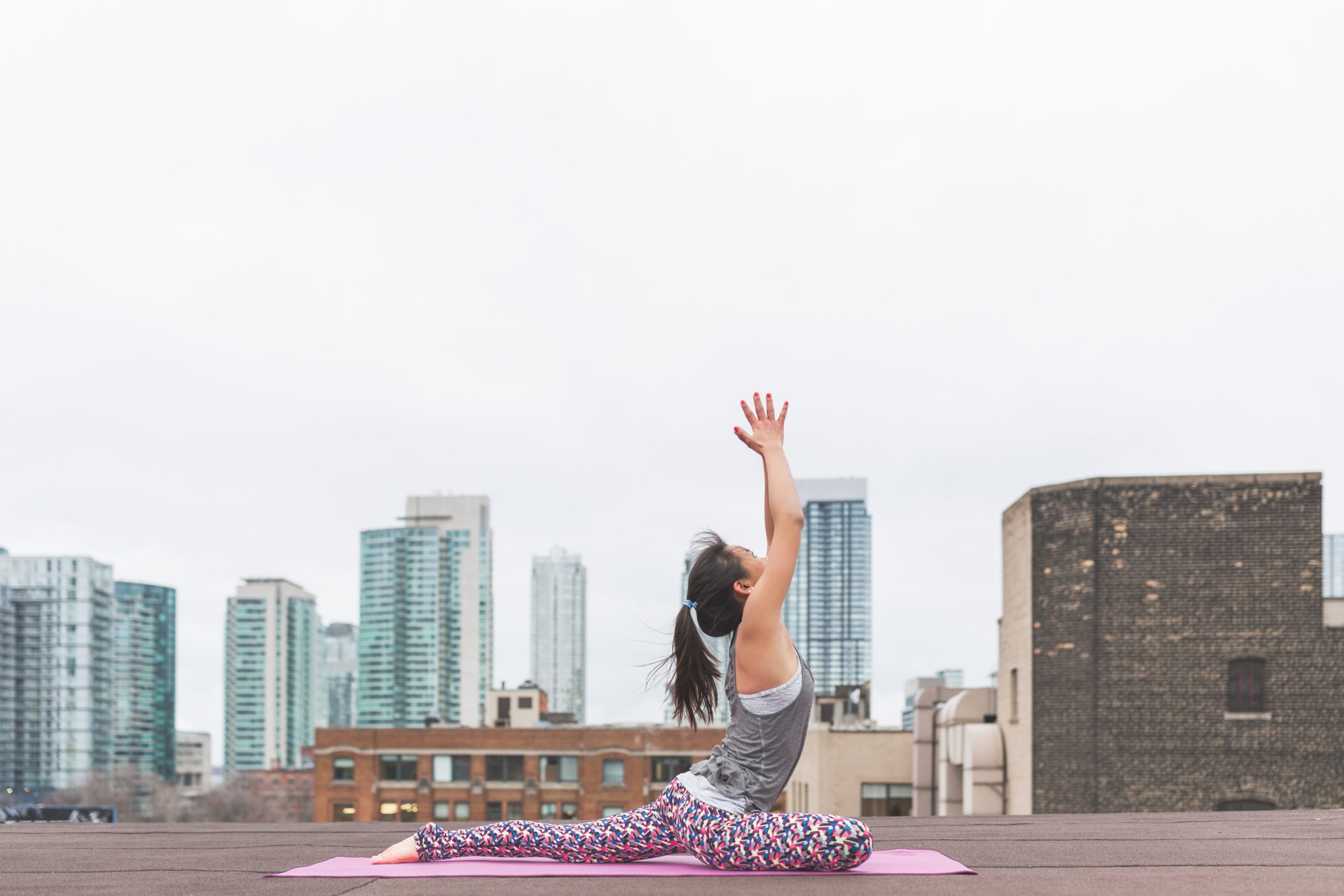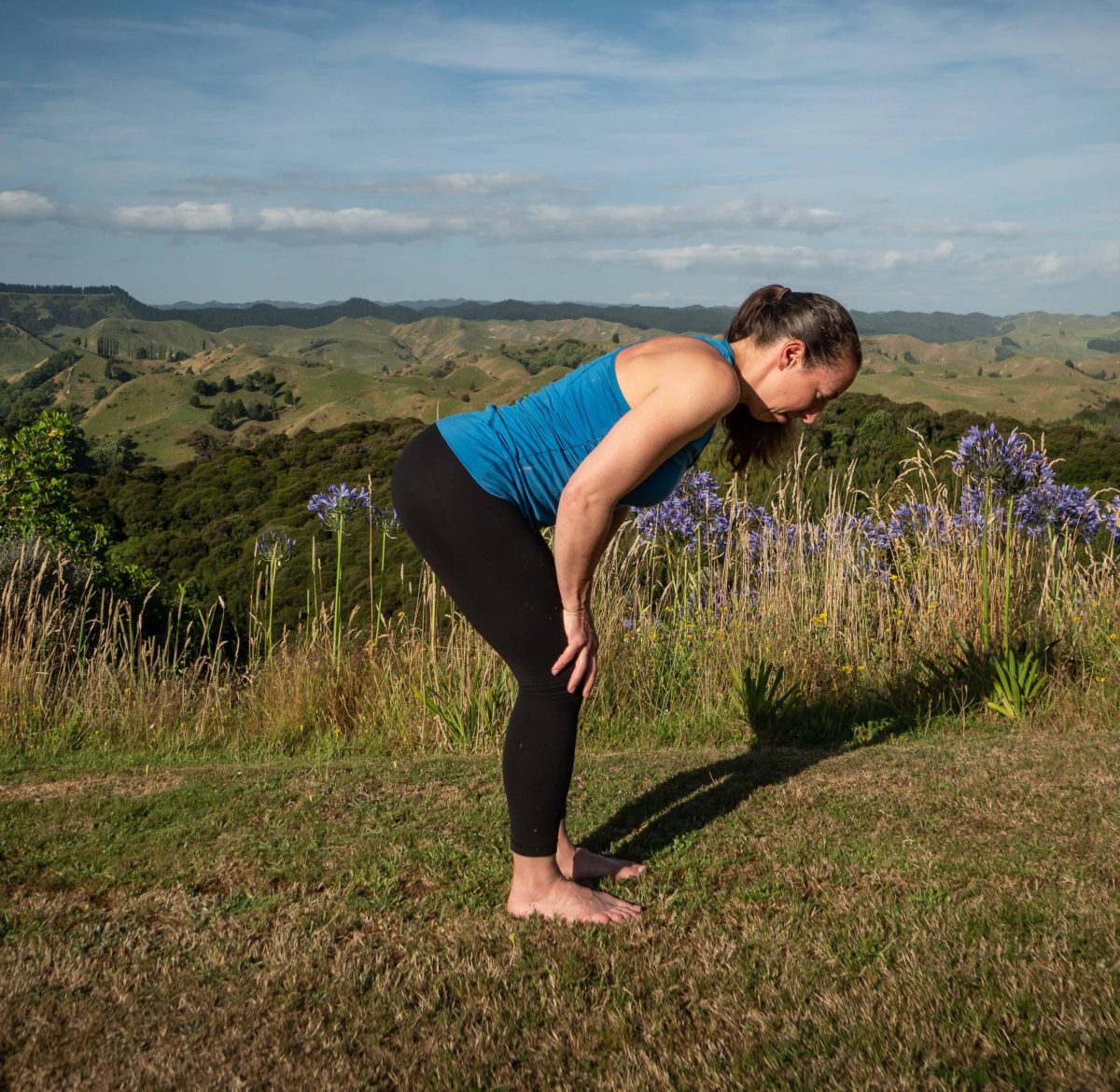It might seem like a contradiction, that people who are very flexible also end up with very tight muscles that can cause pain and problems in their movement patterns, but unfortunately the two go hand in hand. In fact, many people don’t realise they have too much flexibility because they experience chronic tight and painful muscles.
First let’s start with what is flexibility? What we are really talking about is too much flexibility or hypermobility. At a basic level, hypermobility or too much flexibility means too much range of motion in your joints. A joint is the place where two or more bones come together. Common joints include shoulders, hips, ankles and elbows.
But how much is too much? Well believe it or not there is a standard test called the Beighton Score. This score is primarily a research tool so it’s not so helpful when you just want to think about your own body. However it does highlight joints where we can commonly recognise hypermobility – the hips/back, the knees, the elbows and fingers. For example without force can you,
- When you straighten your arm, can you bend your elbow backwards?
- If you straighten or lock your knees, does your knee move backwards or hyperextend?
- Can you bend forward and put your hands on the floor with your knees straight?
- Does your thumb bend backwards to touch your forearm or your little finger bend backwards more than 90 degrees?
Answering yes to anyone of those indicates you might have hypermobility in a certain joint or joints. You can be hypermobile is some places and not in others. In yoga there are two poses where hip hypermobility is also easier to recognise:
- In baddha konasana (cobbler’s pose or butterfly), when you bring the soles of your feet together and open your knees and they touch or nearly touch the floor.
- In agnistambhasana (fire log pose) or eka pada rajakapotasana (pigeon) pose when you can easily get into these positions and then lean your upper body down flat or nearly flat to the floor (and may feel no stretch in your hips or buttocks).
How do you get hypermobility? A number of anatomical and physiological things contribute to hypermobility including
- the shape of your bones particularly where they meet in a joint
- weak or easily stretched connective tissue including ligaments, tendons and fascia
- weak or easily lengthened muscles
Why is hypermobility a problem? If your joints can move beyond a healthy range of motion it’s easier to end up with injuries. You might move the joint to far, you might pull too hard and tear ligaments and tendons, etc.
So how can muscles get tight and painful if the muscles are also weak and easily stretched? Well your joints have an essential role in movement in your body. They facilitate or allow movement. But if you have two much movement in your joint, something else has to do the work to stablise the joint, so you can still move but not move too far. Think about your knees for example. If there was nothing keeping the knee in place when you tried to stand up, your legs would just bend at the knee and you would fall over.
So muscles AND ligaments, tendons and connective tissue provide stability, support and control to the structure of bones in your joints. If you have hypermobility in a joint, those muscles, ligaments, etc will have to work extra hard to keep your joint stable, from going too far. If you commonly use that joint – like your hips or knees (every time you walk, sit, stand, bend over) – those tissues are working extra hard all the time. And your muscles in particular will do most of the heavy lifting because they can much more easily contract (shorten) to hold your joint together.
That means your muscles are constantly in a contracted state and that can cause a number of side effects:
- Chronic tension and pain in those muscles
- Those muscles can pull execessively on other muscles and connective tissue and that can cause pain in those muscles and connective tissues
- They can pull parts of your body out of alignment
- They can create movement patterns that are problematic for your body, causing injuries in other areas of your body (for example unstable hips can cause pain in shoulders and vice versa)
So what should you do if you have joints with too much mobility?
- Awareness – Pay attention and get to know your body’s unique movement patterns. Notice the places that your body moves easily, or too far or where it’s hard to find a stretch. And work on your proprioception. Part of body awareness is also about learning to use other or more muscles in your body to help provide stability and control movement.
- Strengthen – Your joints will always need help to maintain stability and control. Which means they will always need your muscles to do a little extra work. That means working on strengthening your muscles can help – so the muscles can do the extra work. And given how muscles and connective tissue are connected through fascia, focusing on strength for your whole body is important. It will give your body overall stability and help better counteract the effects of muscles pulling the body out of alignment.
- Active stretching in moderation – Stretching is OK, but as usual, less is more. It can also be difficult to find relief with stretching because often the muscles may need to be stretched to their maximum length to feel the stretch. Lengthening a muscle that is already too long, is not a good idea and while it might feel good the overall result is often further weakness and pain. Active stretching is safer for the muscles and the joints, and can help with body awareness. This involves tightening or contracting then muscles, then trying to stretch it. I’ve written about this before.
You might also find that stretching muscles around other joints can have a knock-on affect, which can either help relieve or make worse the tension you feel. If you’re not sure where to start and the tension is leading to persistent pain or irritation it might be worth seeing a physiotherapist, osteopath, massage therapist or acupuncturist. While they will each have a different approach, they should be able to consider the complex connections of your body, and work with you to figure out what needs strengthening to help provide stability.




